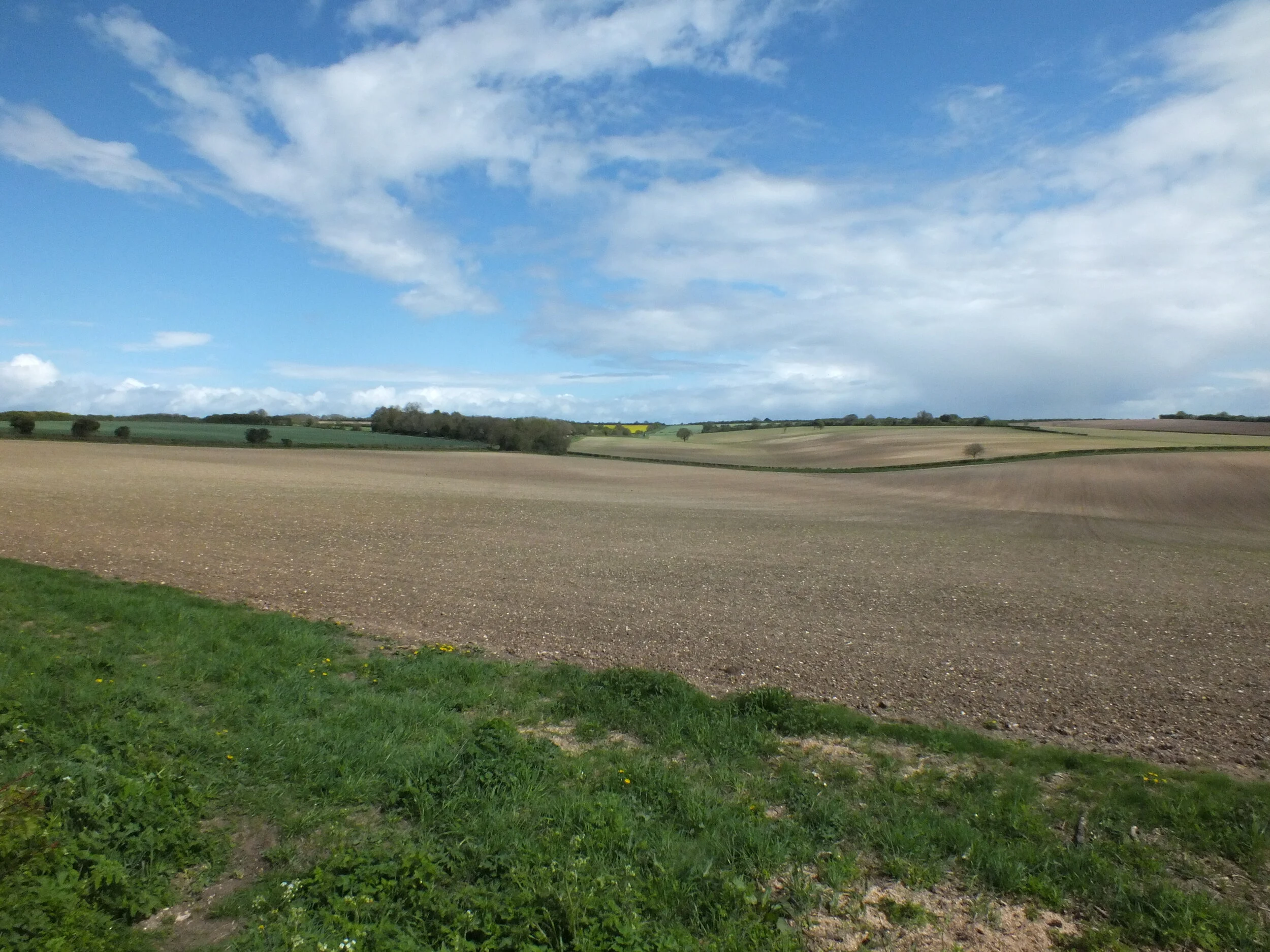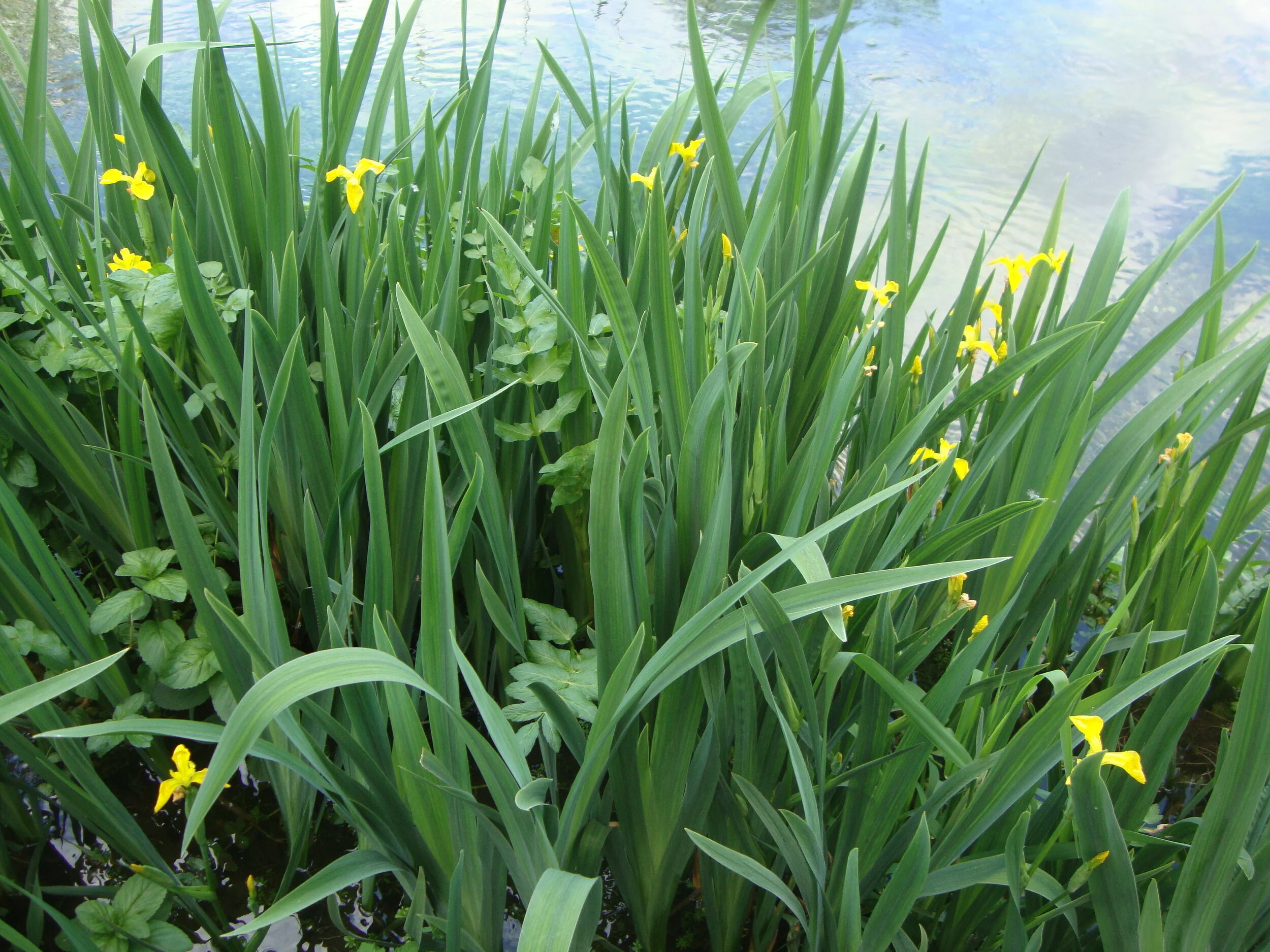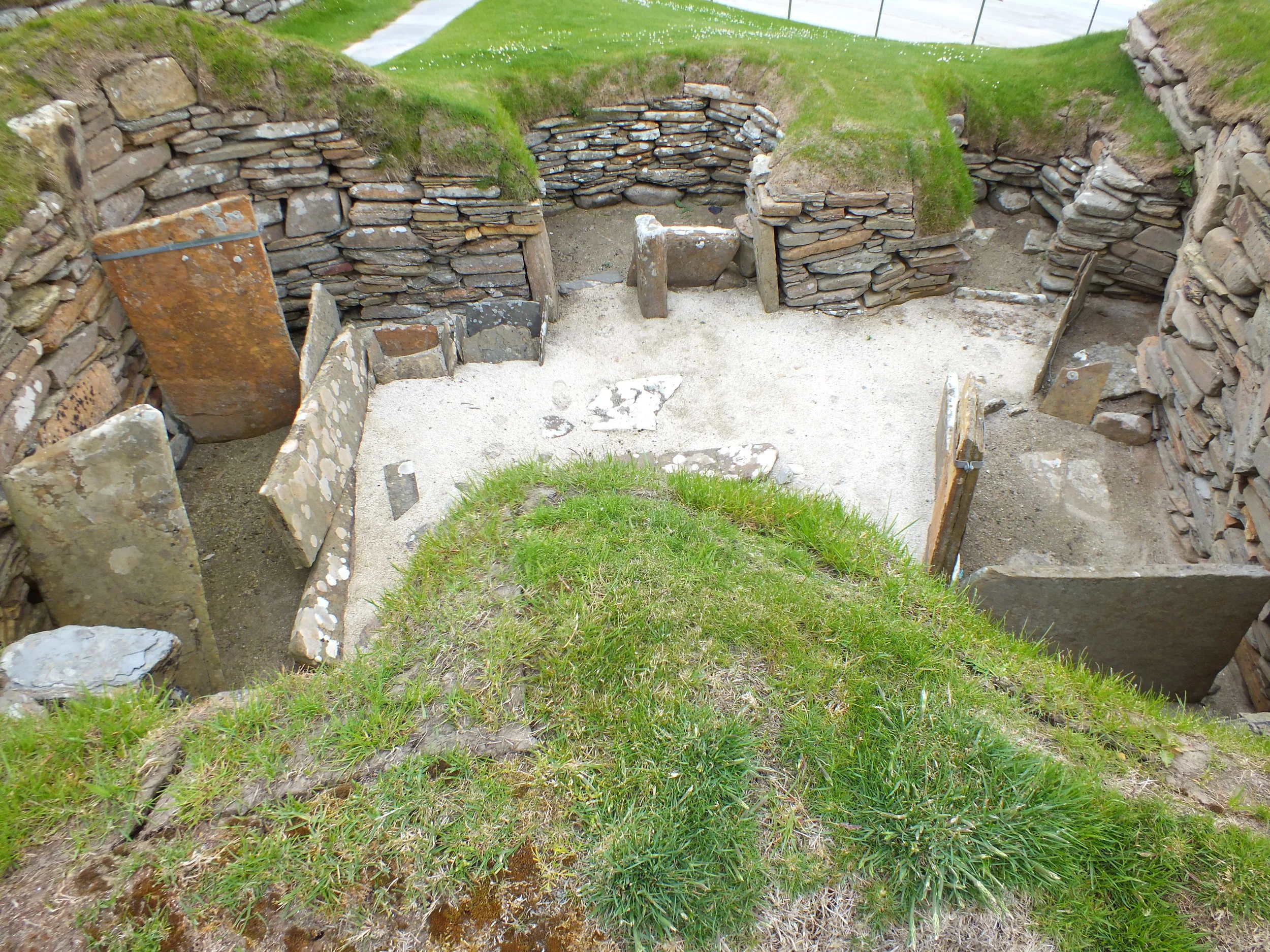Hampshire Wilder Strategy tackles the nature & climate emergency
River Test near Houghton
Given the increased awareness of our ecological footprint, we are fortunate to have opportunities to appreciate wonderful wildlife across diverse habitats in Hampshire, without feeling the need to go overseas. Occasions such as a winter walk around Testwood Lakes and watching a Great White Egret; a summer stroll with friends through the Itchen Valley; spending a quiet time hoping to catch sight of a water vole in Winnall Moors away from Winchester’s nearby busy one-way system stick long in the memory. Therefore, while we can get out and find the best that Hampshire’s wildlife can offer and applaud the different schemes to protect it, a new initiative provides fresh opportunities to become part of a movement to further help local wildlife’s recovery.
Industrialised farmland of the North Hampshire downlands
The recent launch of the Hampshire and Isle of Wight Wildlife Trust (HIWWT) Wilder Strategy reflects the understanding of many that our natural environment has deteriorated over the years to the extent that “we have unknowingly accepted this creeping impoverishment.” It’s as if we have become numb to it even though we intuitively know, for instance, that there were once woods, copses, hedgerows and field margins harbouring a greater range of biodiversity than today’s open, industrialised landscape of the rolling farmlands of north Hampshire.
There is an implicit recognition that simply gathering more data or publishing more reports can easily create delays or other distraction behaviours when our alarming situation is increasingly clear. We have potentially reached a tipping point, both at global and local levels. However, HIWWT‘s new strategy for the 2020’s offers a strong and exciting way of ensuring that we embark on a path for nature’s recovery rather than irretrievable destruction. It’s more than simple protection and conservation. Essentially, it’s about generating greater, active support for nature and wildlife in all spheres of daily life and seeking more space in which nature can recover. This is being undertaken through a complementary, two-pronged approach focussing on (i) energising and supporting people through its ‘Team Wilder’ programme, and (ii) developing a Nature Recovery Network (NRN) through its ‘Wilder Land and Sea’ programme.
The ‘Team Wilder’ programme seeks to encourage 1 in 4 people in the county to adopt activities that support nature’s recovery such as enhancing the experiences of children, networking with businesses, supporting community initiatives and various other nature champions. In short there is a role to play for everybody.
Yellow Iris - a common plant in meadows and banks of waterways
The ‘Wilder Land and Sea’ programme aims to identify 1/3 of land and marine environments which can have a role in aiding nature’s recovery. Additionally, it will look at ways to reduce the pressures on other developments and land use. As vital as reserves are for protection, visiting and learning, these are insufficient on their own without being connected with neighbouring lands undergoing management improvement to help create wildlife corridors as part of a Nature Recovery Network. This includes identifying spaces where nature’s recovery should be uppermost, bringing back species that have either disappeared or in decline while still supporting more common and abundant species.
Work to achieve this will occur through:
Delivering change directly e.g. expanding or linking nature reserves
Supporting others e.g. farmers through encouraging regenerative farming practices, or advising other landowners on planting schemes to help pollinators to thrive.
Advocating and lobbying for change, including playing an active role in the planning system whether at the level of national guidelines, National Park authorities or County and District Council plans; and ensuring the ‘Net Gain’ principle for enhancing nature is fully committed to in any new development proposals.
This strategy offers the chance to play our part locally and contribute to a wider global movement to avert a deepening ecological and climate crisis. As the Strategy document puts it: “The shifts that are needed are seismic – from our approach to growth and consumption, our relationship with food and animals, our connection to nature and our environment, our own sense of agency and power.” Of course, all this needs to be complemented by higher levels of support whether in the form of robust international agreements, fossil fuel divestment, national policy directives, green funding mechanisms, educational curriculum changes and more.
Little Egret near Milford on Sea
If we want to meet the global challenges, then we need to put our local lands, rivers, seas and communities in ecological order to provide building blocks. The HIWWT strategy provides an opportunity to inform and be reflected in various local council plans and complemented by other civil society groups such as Winchester Action on Climate Change (WinACC). In pursuing this strategy, actions geared to help species to adapt or become resilient in the face of the changing conditions will not be enough. It seems necessary to not only enhance the (local) biodiversity but simultaneously confront the evident decline and migration of particular species at the same time.
Although trends in butterfly numbers may seem contradictory on first appearances, scientists are developing their understanding. Dr Andrew Blanton, a butterfly conservation scientist, is currently looking at how various butterfly species react to changes of temperature in their environment. He comments: “Globally, climate change is bad news for butterflies but it looks like the opposite will be the case in the British Isles. For the foreseeable future, we’re going to gain more butterfly species than we’re going to lose. The species we’re gaining are being pushed out of Spain and France so we need to be ready to have optimal habitat for them as well as for the species that are already here. We can’t be complacent. We’ve got such a fragmented landscape and habitat management is generally so poor that it’s just not supporting species well enough. This is something that we can probably address more easily than climate change itself which, let me be clear, also needs to be tackled. But we can create more reserves, we can manage them better, we can work out how to look after the wider landscape in a more wildlife friendly way.”
In short, the ecology around us is dynamic and changing, with the term ‘conservation’ effectively giving the wrong meaning or impression. Distinguishing between new or increasingly frequent arrivals that are beneficial or at worse neutral to non-native, destructive invader species is crucial. Although efforts at re-wilding of particular species (such as six white-tailed, ‘sea’ eagles on the Isle of Wight in August 2019) are clearly laudable, we cannot realistically return to some kind of ecological golden age with its implication of there being some ideal, static ecological balance. Some of the changes occurring due to climate heating are unlikely to be reversed.
This needs to be recognised so a focus can given to a ‘new ecological mix’. For instance, regenerative land and ecological management, such as that at Manor Farm, Broughton and its rearing of water buffalo, offers one approach to reflect this and enhance biodiversity as part of developing a Nature Recovery Network.
To encourage all this new thinking, the new strategy of the HIWWT deserves to succeed. In fact, it must succeed for the benefit of wildlife, our climate and ourselves! It might also create some extra places to visit and enjoy.
Notes
The author is a member of the Hampshire and Isle of Wight Wildlife Trust and thanks the organisation for allowing the use of the Strategy artwork for this blog.
To get involved, visit their website. Details of their Wilder Strategy is here.








